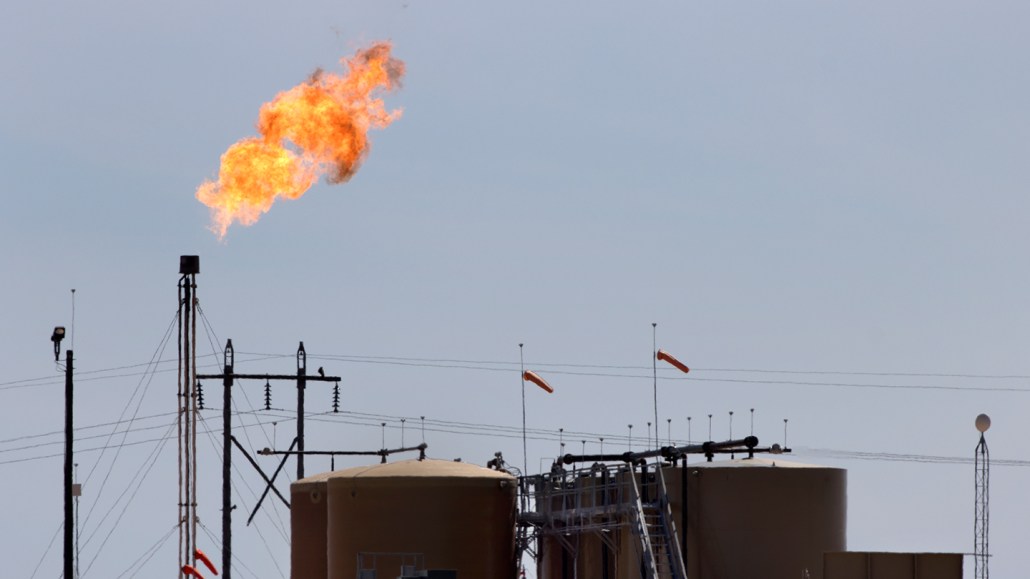
To forestall the worst effects of global warming, the world’s nations need to make much bigger cuts in their greenhouse gas emissions (including from gas flares, such as at this Texas oil field) than they’re currently promising to do, a new U.N. report states.
milehightraveler/iStock/Getty Images Plus